Jiequan Zhang
Category-Level Multi-Part Multi-Joint 3D Shape Assembly
Mar 10, 2023



Abstract:Shape assembly composes complex shapes geometries by arranging simple part geometries and has wide applications in autonomous robotic assembly and CAD modeling. Existing works focus on geometry reasoning and neglect the actual physical assembly process of matching and fitting joints, which are the contact surfaces connecting different parts. In this paper, we consider contacting joints for the task of multi-part assembly. A successful joint-optimized assembly needs to satisfy the bilateral objectives of shape structure and joint alignment. We propose a hierarchical graph learning approach composed of two levels of graph representation learning. The part graph takes part geometries as input to build the desired shape structure. The joint-level graph uses part joints information and focuses on matching and aligning joints. The two kinds of information are combined to achieve the bilateral objectives. Extensive experiments demonstrate that our method outperforms previous methods, achieving better shape structure and higher joint alignment accuracy.
Metadata Normalization
May 05, 2021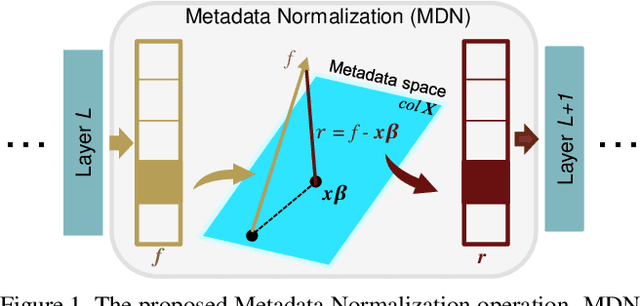
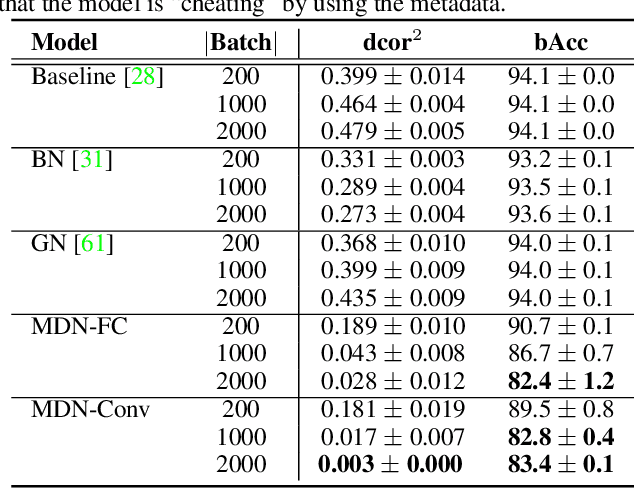
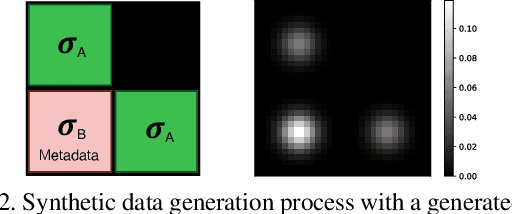
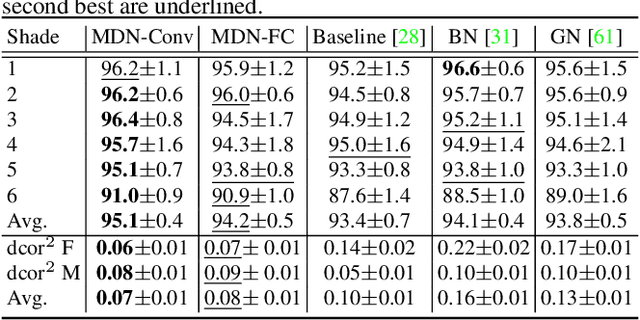
Abstract:Batch Normalization (BN) and its variants have delivered tremendous success in combating the covariate shift induced by the training step of deep learning methods. While these techniques normalize feature distributions by standardizing with batch statistics, they do not correct the influence on features from extraneous variables or multiple distributions. Such extra variables, referred to as metadata here, may create bias or confounding effects (e.g., race when classifying gender from face images). We introduce the Metadata Normalization (MDN) layer, a new batch-level operation which can be used end-to-end within the training framework, to correct the influence of metadata on feature distributions. MDN adopts a regression analysis technique traditionally used for preprocessing to remove (regress out) the metadata effects on model features during training. We utilize a metric based on distance correlation to quantify the distribution bias from the metadata and demonstrate that our method successfully removes metadata effects on four diverse settings: one synthetic, one 2D image, one video, and one 3D medical image dataset.
Data augmentation with Möbius transformations
Feb 07, 2020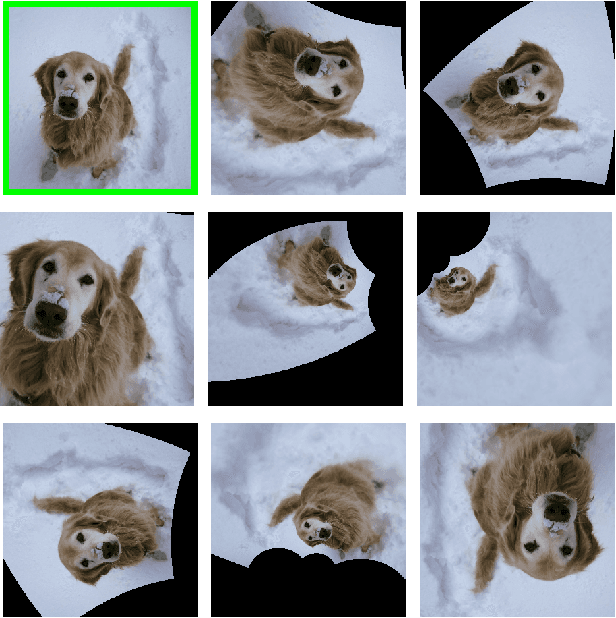
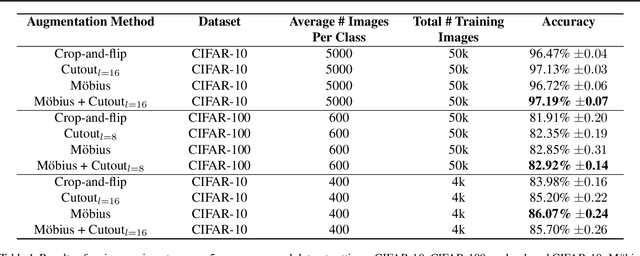
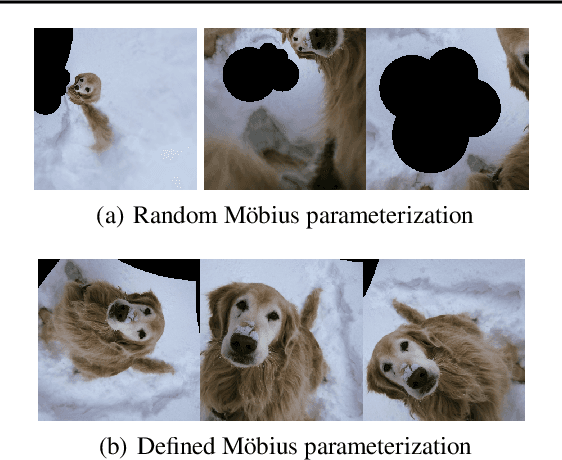
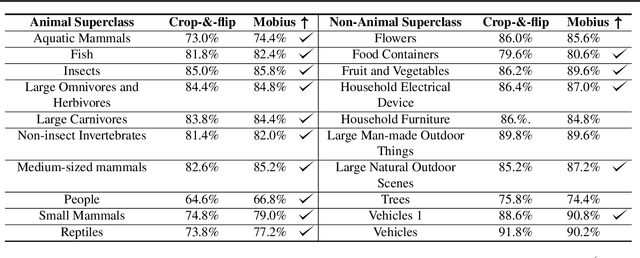
Abstract:Data augmentation has led to substantial improvements in the performance and generalization of deep models, and remain a highly adaptable method to evolving model architectures and varying amounts of data---in particular, extremely scarce amounts of available training data. In this paper, we present a novel method of applying M\"obius transformations to augment input images during training. M\"obius transformations are bijective conformal maps that generalize image translation to operate over complex inversion in pixel space. As a result, M\"obius transformations can operate on the sample level and preserve data labels. We show that the inclusion of M\"obius transformations during training enables improved generalization over prior sample-level data augmentation techniques such as cutout and standard crop-and-flip transformations, most notably in low data regimes.
 Add to Chrome
Add to Chrome Add to Firefox
Add to Firefox Add to Edge
Add to Edge